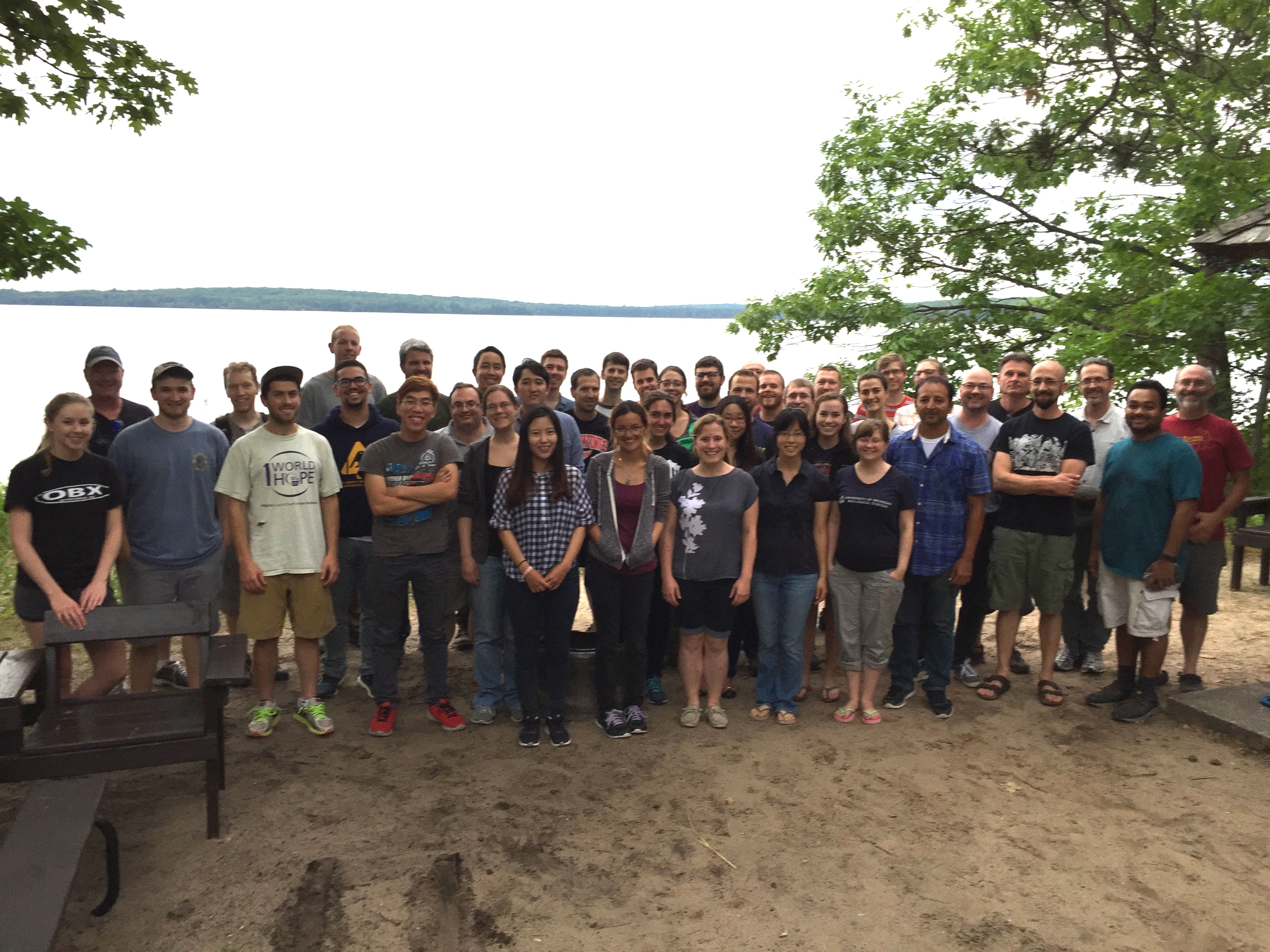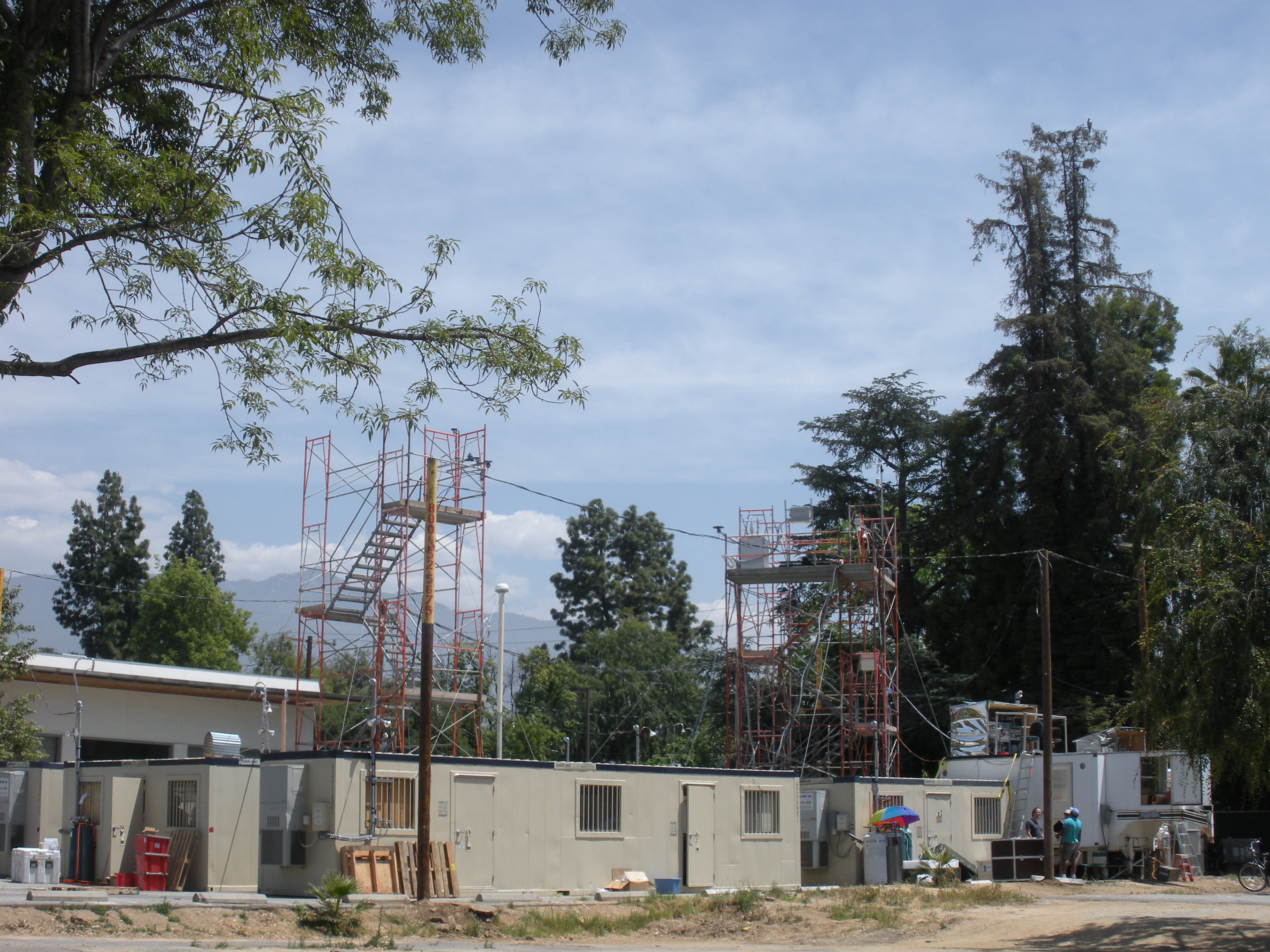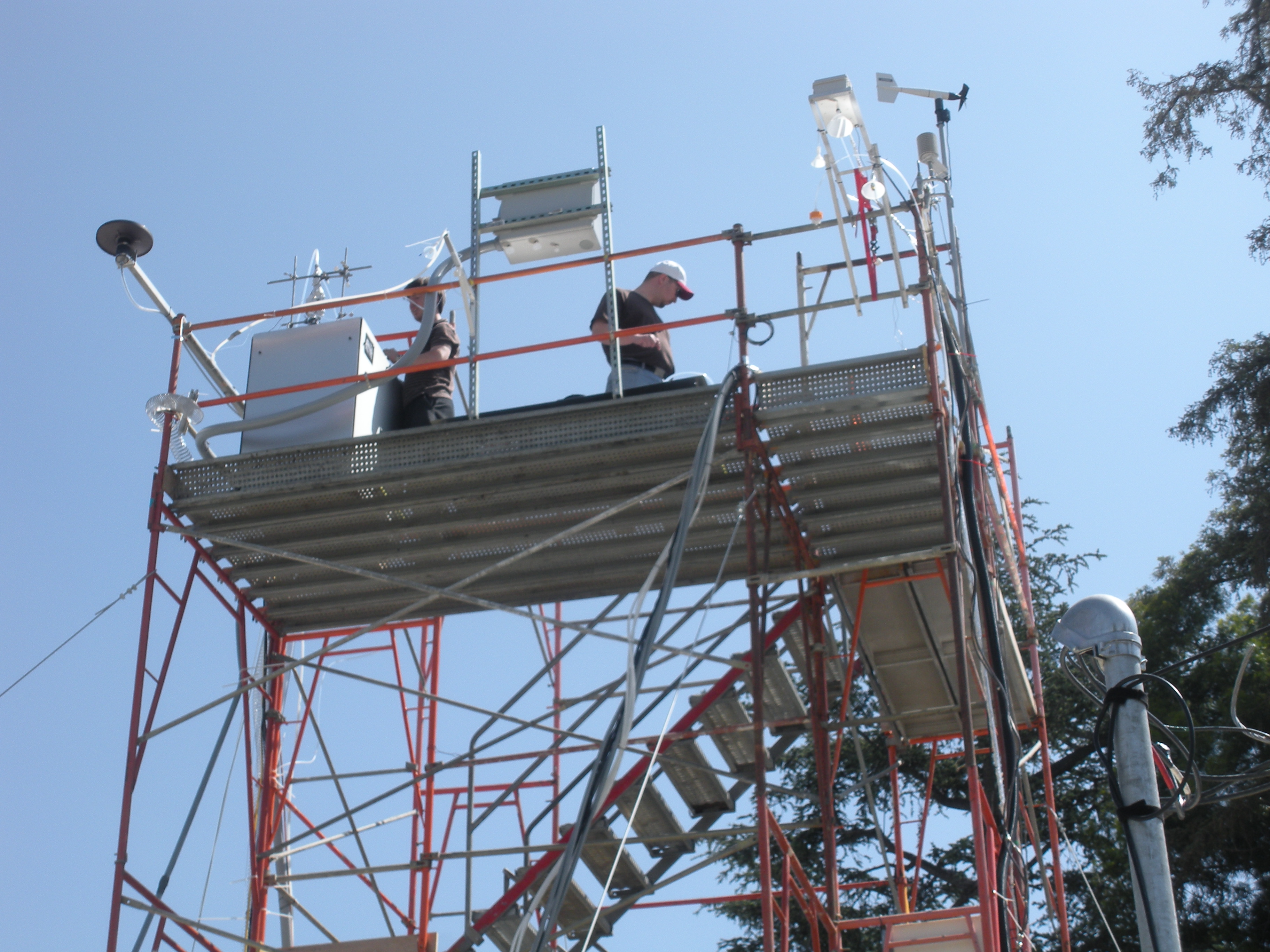Ambient measurements of atmospheric radicals
The hydroxyl radical (OH) plays a central role in the chemistry of the atmosphere. Reactions with OH are the primary removal process for many trace gases important to local and regional air quality and global climate change, such as carbon monoxide, methane, and the alternative chlorofluorocarbons. Because of its high reactivity, ambient concentrations of OH in the troposphere are extremely small (less than 1 pptv) and its chemical lifetime is very short (less than 1 second). As a result, ambient concentrations of OH are difficult to measure accurately.
We have constructed an instrument capable of detecting OH radicals in the troposphere with high sensitivity using laser-induced fluorescence techniques. This instrument is used for both ground-based field measurements of ambient OH and laboratory experiments of OH radical chemistry. Recent field deployments include the MCMA-2006 (Mexico City Metropolitan Area - 2006 ) component of MILAGRO (Megacity Initiative: Local and Global Research Observations), the PROPHET (Program for Research on Oxidants: Photochemistry, Emission and Transport) tower in northern Michigan, and at CalNex (Research at the Nexus of Air Quality and Climate Change) in southern California.






